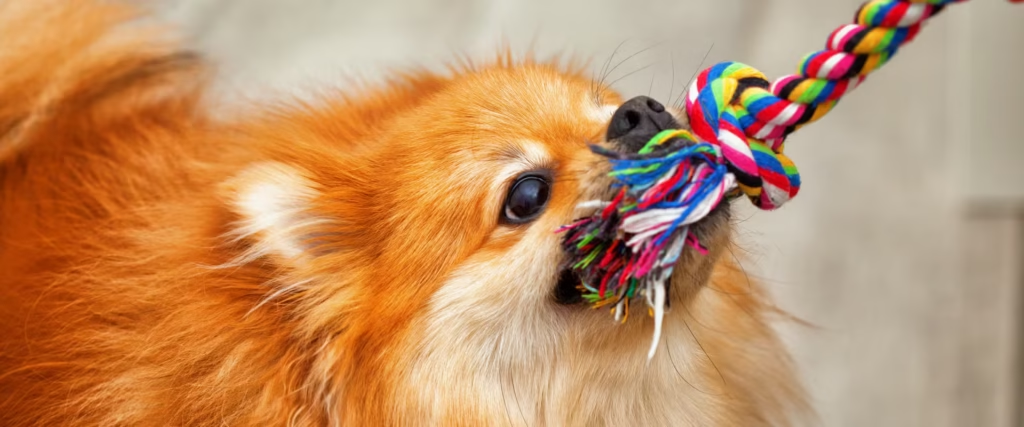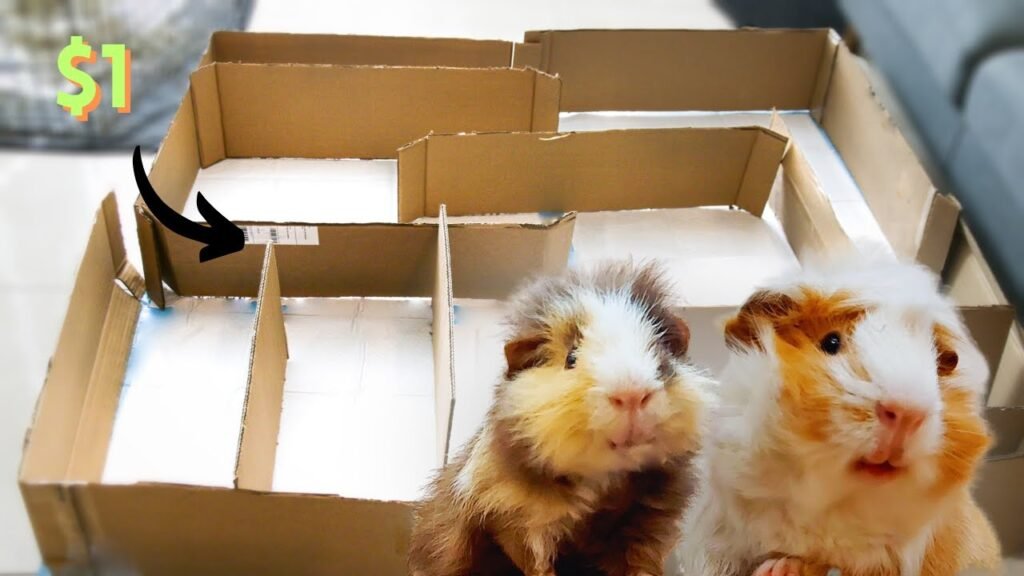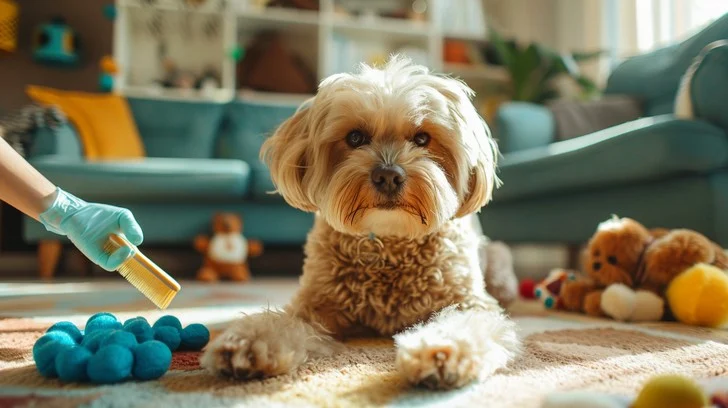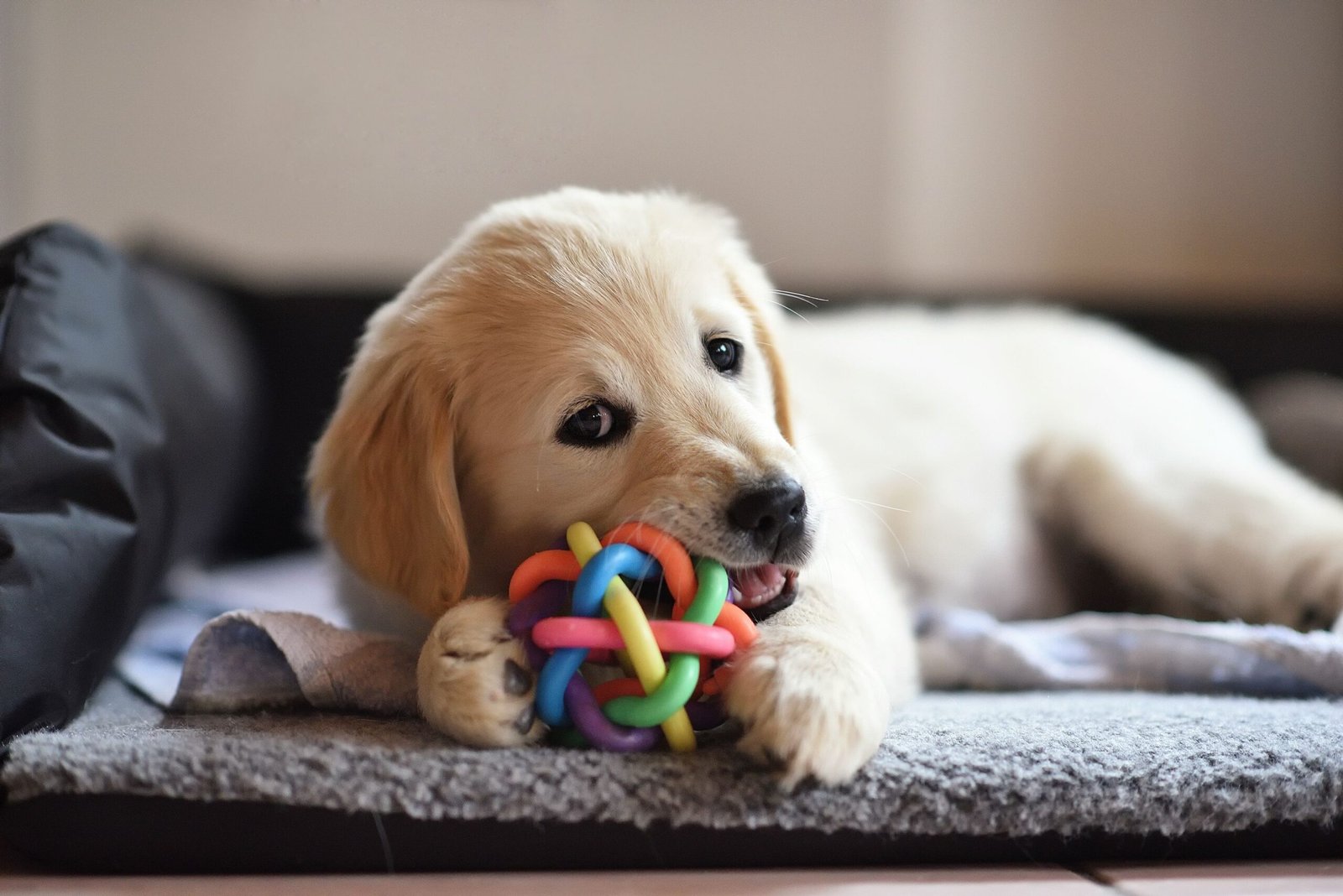Keep Your Pets Happy, Active, and Mentally Stimulated—Right from Home!

Introduction
Keeping your pet engaged and mentally stimulated isn’t just fun—it’s crucial to their health and happiness. Dogs, cats, rabbits, and even hamsters need mental and physical stimulation every day to prevent boredom, anxiety, and destructive behavior. And the best part? You don’t need to spend a fortune to make it happen.
This guide from PetFriends brings you over 20 DIY pet toy and enrichment ideas, organized by pet type and activity level. All activities use affordable, safe, and household materials, perfect for every loving pet parent looking to add excitement to their pet’s daily routine.
SEO Keywords Included: DIY pet toys, homemade pet enrichment, pet activity ideas, DIY dog toys, cat enrichment, small pet games, pet boredom busters
📌 Table of Contents
- Why Enrichment Matters for Pets
- Safety Tips for DIY Toys
- DIY Toys for Dogs
- DIY Toys for Cats
- DIY Toys for Small Pets (Rabbits, Hamsters, Guinea Pigs)
- Sensory Enrichment Ideas
- Puzzle Games & Brain Teasers
- Outdoor DIY Activities
- Rotating and Refreshing Toys
- Final Thoughts + Quick Safety Checklist
1. Why Enrichment Matters for Pets
Just like humans, pets need mental challenges and physical movement to stay sharp and healthy. Without it, they can become:
- Bored
- Anxious
- Destructive
- Depressed
Benefits of Regular Enrichment:
- Reduced problem behaviors (chewing, barking, scratching)
- Improved mood and sleep
- Better physical health
- Stronger bond between pet and owner
Different species have different needs. Dogs may crave physical play, while cats love stalking and chasing. Small pets benefit from exploring tunnels or foraging for treats.

2. Safety Tips for DIY Toys
Before getting creative, it’s vital to make sure your projects are safe for your pet.
General Safety Guidelines:
- Avoid toxic materials like treated wood, rubber bands, or small choking hazards
- Remove loose strings, staples, or sharp edges
- Always supervise during first-time play
- Use non-toxic glue and dye if painting
- Choose food-safe containers for treat puzzles
When in doubt, go simple. If a toy breaks, toss it immediately to prevent accidental ingestion.
3. DIY Toys for Dogs
Dogs love interactive, chewable, and sniff-worthy toys. Here are some easy and budget-friendly ideas:
1. T-Shirt Rope Toy
Materials: Old t-shirt, scissors
Cut long strips and braid them tightly into a rope. Tie knots on both ends.
2. Frozen Treat Puzzle
Materials: Plastic container, kibble/treats, water
Freeze kibble in water or broth inside the container. Pop it out and let your dog work for their treat.
3. Tennis Ball Puzzle
Materials: Tennis ball, sharp knife, treats
Cut a slit in a tennis ball and fill it with kibble or small snacks.
4. Snuffle Mat
Materials: Rubber sink mat + fleece strips
Tie fleece strips through the holes to create a dense mat. Hide treats within the layers.

4. DIY Toys for Cats
Cats love anything that mimics hunting: chasing, batting, or hiding.
1. Cardboard Cat Castle
Materials: Cardboard boxes, tape
Build a multi-level castle or tunnel with cut-out windows and doors.
2. Toilet Roll Puzzle Feeder
Materials: Toilet paper tubes, glue, cardboard
Glue tubes vertically onto a cardboard base. Drop kibble or toys inside.
3. Sock Mouse Toy
Materials: Old sock, stuffing, catnip
Stuff the sock with catnip and soft filling. Tie or sew shut.
4. Feather Wand
Materials: String, stick, feathers
Tie feathers to string, then attach it to a stick for interactive play.
5. DIY Toys for Small Pets
Small animals also need enrichment to mimic wild foraging and nesting behaviors.
1. Toilet Roll Hay Feeder
Perfect for: Rabbits, guinea pigs
Stuff a cardboard toilet roll with hay. Roll it around to make them work for it.
2. Cardboard Maze
Use boxes or tunnels to create a safe mini-maze with multiple exits and treats hidden inside.
3. Shreddable Toys
Use untreated paper, soft cardboard, and straw to let them chew and dig safely.
4. Frozen Veggie Cubes
Freeze small pieces of carrots, kale, or apple in water. Perfect for summer!

6. Sensory Enrichment Ideas
Sometimes toys aren’t enough. Sensory play uses smell, sound, and touch to enrich your pet’s world.
For Dogs:
- Scent trails using treats
- Music made for dogs (Spotify has playlists!)
- Sniff walks in new neighborhoods
For Cats:
- Window perches with a view of birds
- Paper bags, crinkly textures, and scents
- Catnip or silvervine toys
For Small Pets:
- New textures: grass mats, digging boxes
- Rotating tunnels or hiding spots
- Introduce new smells safely (herbs, hay blends)
7. Puzzle Games & Brain Teasers
Make your own brain games to stimulate your pet’s problem-solving skills.
Muffin Tin Puzzle (Dogs & Cats)
Materials: Muffin tin, tennis balls, treats
Place treats in some cups and cover with balls. Let your pet find them.
Towel Roll Game
Materials: Old towel, treats
Roll up a towel with treats inside, twist and knot. Let your pet unroll to find goodies.
Treat Hide-and-Seek
Hide treats in different boxes around the house and encourage your pet to search.
Cardboard Layers Puzzle
Glue layers of cardboard together with holes cut through to hide treats.

8. Outdoor DIY Activities
If you have a backyard, balcony, or safe patio, outdoor enrichment opens new doors.
Dog Obstacle Course
Use cones, tunnels, broomsticks, and boxes for hurdles and agility play.
Cat “Catio” Window Box
Build a safe, enclosed perch where your cat can enjoy fresh air and sunshine.
Digging Pit (Dogs & Rabbits)
Create a digging zone with sand or mulch. Bury safe toys to uncover.
Herb Garden Sniff Station
Plant pet-safe herbs like mint, basil, and rosemary for sensory exploration.

9. Rotating and Refreshing Toys
Pets get bored quickly if toys stay the same. Rotating toys keeps interest high.
Tips:
- Only give access to 3–5 toys at a time
- Swap out weekly for “new” toy appeal
- Combine toy time with bonding (play with your pet!)
- Clean toys regularly—especially fabric or food toys
DIY doesn’t mean permanent—sometimes the fun is in making new things often!

10. Final Thoughts + Quick Safety Checklist
Creating DIY pet toys isn’t just a fun weekend project—it’s a way to bond with your pet, keep them mentally healthy, and provide meaningful stimulation in a natural and affordable way.
Whether you’re a dog-lover, cat cuddler, or small pet enthusiast, enrichment starts at home—with your imagination.
✅ DIY Pet Toy Safety Checklist:
- Non-toxic, pet-safe materials
- No choking hazards or loose parts
- Supervised use during

